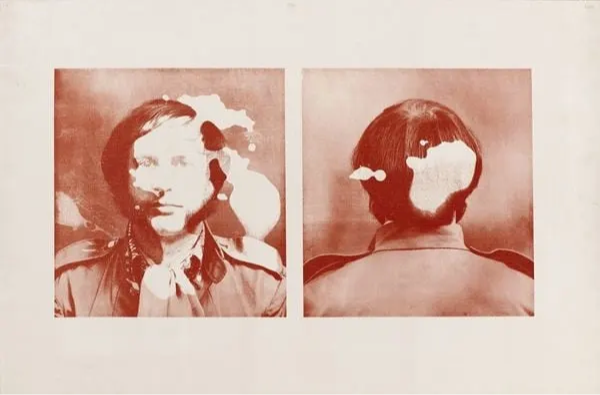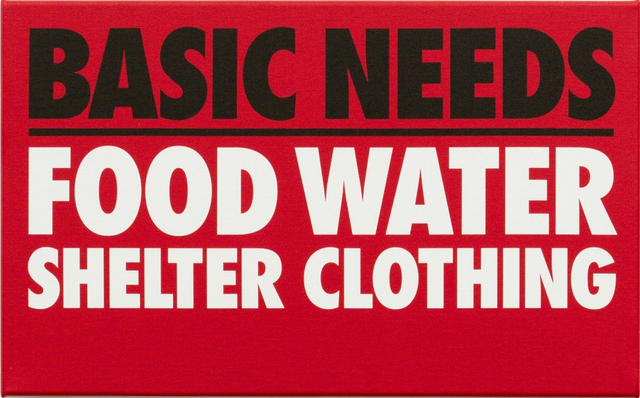Billy Apple
Billy Apple was a pioneering pop and conceptual artist who worked across diverse artistic mediums, including sculpture, ready-mades, photography, film, silkscreen, painting, performance, online projects, and neon. In 1962, he established the Billy Apple® trademark brand in London, changing his name from Barrie Bates.
Biography of Billy Apple
Billy Apple was born in New Zealand in 1935 as Barrie Bates. In 1962, following his graphic design studies at the Royal College of Art in London, he reinvented himself as 'Billy Apple.' This transformation, accompanied by dyed-blonde hair, reflected Apple's fascination with commerce and branding mechanisms.
His constructed identity evolved into a marketing tool, for which he internationally registered a fruit-shaped logo as a trademark, and by 2007, Billy Apple was a registered brand. Everything associated with his body's mundane activities, such as cleaning or his bodily functions like nasal mucus, semen, earwax, and feces, was considered works of art in the early 1970s. These pieces could be sold through art dealers and galleries, regardless of their nature or difficulty.
In 1964, the artist relocated to New York and collaborated with Andy Warhol in the influential exhibition "The American Supermarket," which featured works by artists like Oldenburg, Wesselmann, and Johns. In 1969, the artist opened a space called Apple at 161 West 23rd Street, one of the six not-for-profit venues that played a crucial role in establishing New York's Conceptual Art movement. In 1974, the Serpentine Gallery in London hosted Apple's first major survey exhibition, titled "From Barrie Bates to Billy Apple," although it was temporarily shut down due to complaints of indecency.
He explored emerging consumer technologies and was a pioneer in utilizing a Xerox machine and neon signage. In the early 1980s, Apple delved into the fundamental principles of fiscal exchange prevailing in the art world. He presented neatly designed screenprints and paintings executed by professional sign writers that expressed the conventions of capital transactions like selling, bartering, IOUs, commissioning, or paying the artist's bills. These text paintings or prints provided basic transaction details. Through this approach, Apple cleverly used his brand to sustain itself by generating funds from the sale of these works. More recently, he sold conceptually connected products like Billy Apple Cider and specially grown fruit named Billy Apples to achieve the same goal.
In 1983, he created a solid gold apple for the former Director of the Auckland Coin & Bullion Exchange, a significant precursor to Damien Hirst's famous 2007 artwork, "For the Love of God."
The artist's interest in perpetuation extended beyond the brand to various versions of his physical body. In his 2018 solo exhibition titled "Billy Apple Six Decades 1962–2018" at Rossi & Rossi in Hong Kong, Billy Apple dealt with the concept of immortality. This exhibition featured four works, including two paintings ("The Artist Will Live Forever" and "I Consent"), a video ("The Immortalisation of Billy Apple Stage Two, Billy Apple Cell Line"), and a photograph ("The Immortalisation of Billy Apple, 2009–15"). These works referenced Apple's 2009 collaboration with geneticist Dr. Craig Hilton, during which he donated samples of his somatic cell tissue to Massachusetts research organizations and an Auckland laboratory. These cells are kept alive in special incubators and studied for cancer research, genetic analysis, and cloning possibilities.
Billy Apple also collaborated with scientists, notably with molecular biologist Dr. Justin O'Sullivan in 2016. O'Sullivan was interested in bacterial mini-ecosystems in various human body parts, including the gut. In a 46-year project, Apple provided samples of used toilet paper in 1970 and 2016 to analyze the differences. O'Sullivan's research focused on how certain microbes seem to be selected by each person's genetic makeup and persist over decades.
The 1970 toilet paper was part of Apple's "Excretory Wipings, 18 May–21 October 1970" project, originally exhibited in New York in 1971 and briefly shown at the Serpentine Gallery in 1974 before being shut down by London authorities. Their collaboration resulted in a work titled "N=1" in 2018, incorporating an analysis of microbial changes in a chart, which Apple donated to the Liggins Institute.
Billy Apple held numerous solo exhibitions throughout his career, including "Head Height and other self-portraits" at Hamish McKay in Wellington (2021), "Billy Apple is N=One" at Starkwhite (2019), "Billy Apple: The Artist Has To Live Like Everybody Else" at Auckland Art Gallery Toi o Tāmaki (2015), "Billy Apple: British and American Works 1960–1969" at The Mayor Gallery in London (2010), and "Revealed / Concealed" at Witte de With Center for Contemporary Art in Rotterdam (2009). The artist passed away in September 2021.
Years:
Born in 1935
Country:
New Zealand
Gallery:

